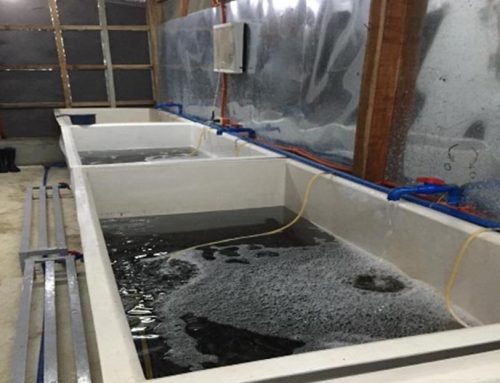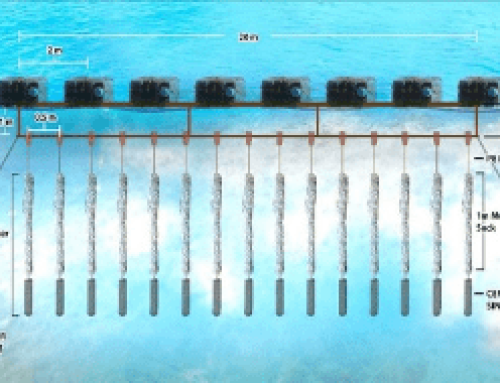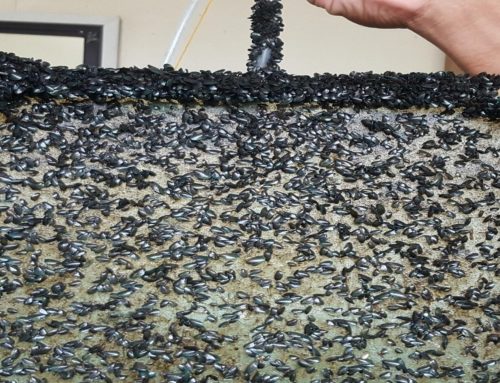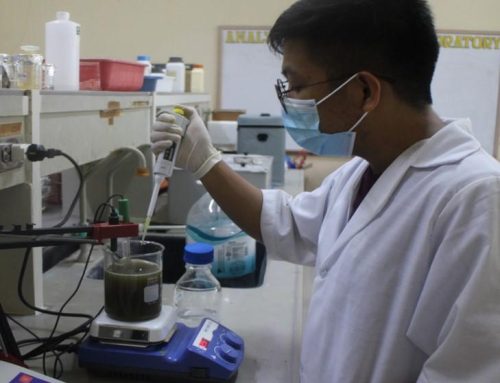In this Article
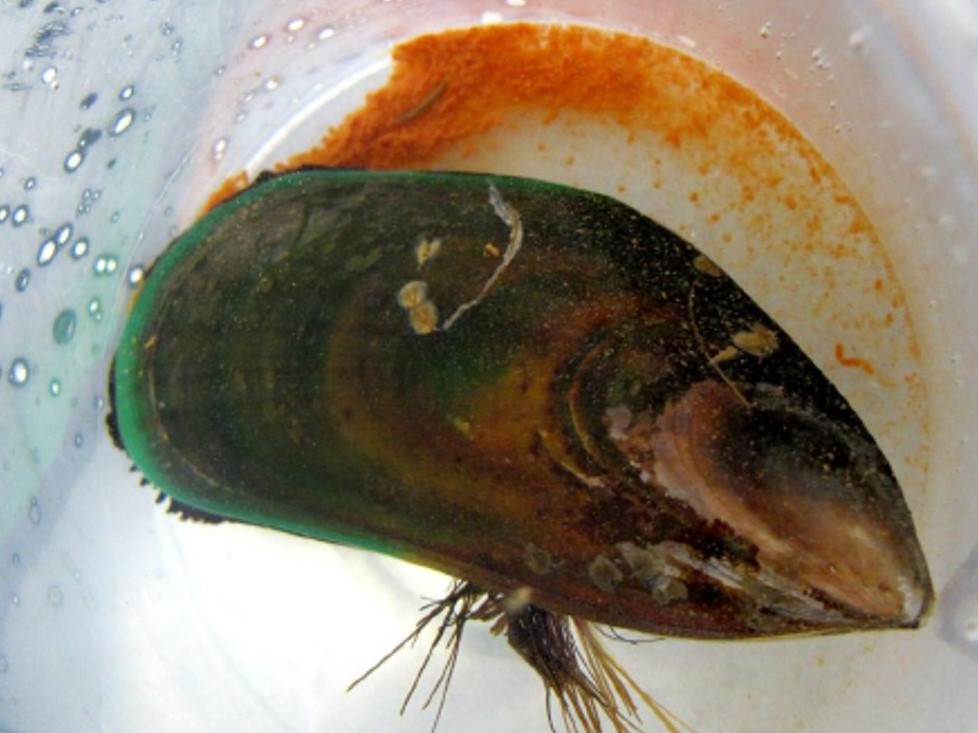
This project improved the production of green mussel spat needed for grow-out. Viable spawning technique using thermal stimulation and desiccation was proven effective for the mussel to release their gametes. The use of optimum food as diet, stocking density, and frequency of water exchange during larval rearing was also studied. Isochrysis galbana and Chaetoceeros calcitrans were preferred by larvae while Tetraselmis tetrahele can only be added when pediveliger larvae are reached. The study also developed techniques necessary for the high settlement rate of larvae to an early spat stage. Photoperiod in completely dark conditions resulted in significantly highest survival, growth, and settlement. Likewise, a high aeration rate is also positively correlated to a high settlement rate.
Mass culture of green mussel spats is now seen as viable with developed techniques. The survival from D-hinged to early spats was now set at an average of 3.1% and survival from early spat to spat was 72%. These results were all accompanied by good and enough natural food as diets from larvae and spat, as well as enough sources of clean seawater for culture and water exchange.

